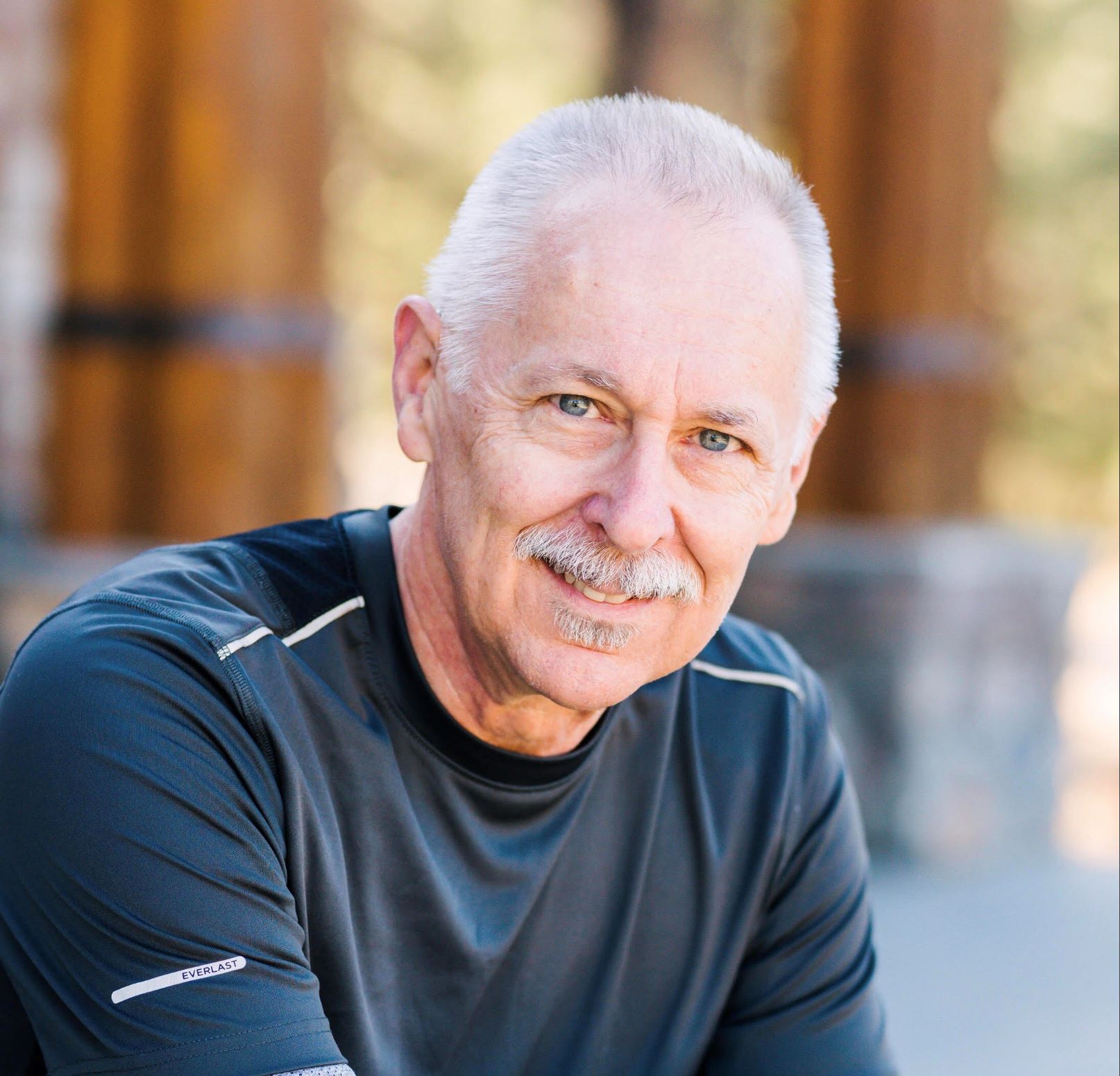Nagish User Spotlight: From Kettlebells to Cochlear Implants
After years of struggling with phone calls—even considering early retirement—one cochlear implant user found a game-changing solution in Nagish. See how our speech-to-text app turned frustration into freedom.

A Journey of Resilience
After a career in broadcast management and music production, sound had always been central to Richard’s identity. But as his hearing declined and he eventually became profoundly deaf, even the simplest conversation turned into a challenge. With a cochlear implant, he had to learn to hear again, a process he described as starting with everyone sounding like Mickey Mouse and slowly building toward 80–90% comprehension in person
The greatest obstacle remained: the telephone. His consulting job depended on calls, but understanding voices through implants was nearly impossible. Colleagues often had to put calls on speakerphone, or he relied on interpreters. At one point, he considered early retirement.
Discovering Nagish
Everything changed about 18 months ago, when he discovered Nagish through social media. Compared to other voice-to-text apps that required long registrations and complicated setups, Nagish was refreshingly simple - “download, register, and go.”
Nagish exceeded his expectations. It integrated seamlessly with his cochlear implant and gave him the ability to glance at the screen to catch the 10 - 20% of conversation he missed. For the first time since losing his hearing, phone calls no longer felt intimidating.
“Nagish eliminated my phone call apprehension entirely. It was the difference between retiring early and continuing to do the work I love.”
Professional Transformation
With Nagish, he not only regained confidence in phone conversations but also discovered new ways to work more effectively:
- Call transcription exports allow him to use AI tools like Claude to generate comprehensive meeting summaries with timelines, budget numbers, and action items, far more precise than manual notes.
- Feature evolution: he witnessed the app grow, from capturing only one side of calls to now supporting both, making transcripts more useful.
- Customer support: quick, personal responses within hours reassured him that he wasn’t just using an app, he was part of a team that cared.
Life Beyond Work
Outside of technology, his resilience is shaped by another passion: kettlebell sport. He began lifting at 58 and went on to compete internationally, even winning a silver medal in Dublin at age 61.
His coach’s philosophy—“Don’t think, just get up and go”—gave him the mindset to tackle both athletic and hearing rehabilitation challenges with discipline and structure.


Living Between Worlds
Today, he describes himself as a “sonic amphibian”, part hearing, part deaf
While music harmonies are lost to him, he finds joy in small sounds like birdsongs, coffee brewing, and summer rainstorms, which feel like an organic symphony.
And with Nagish, he no longer has to choose between silence and connection. It allows him to stay active in the work he loves, without fear of the phone.







.jpeg)


